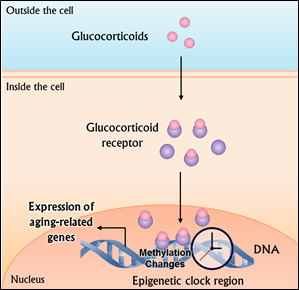We are told time and time again that Duke is a global university, one that transcends borders and takes interdisciplinary education to the next level.
On Monday, I was able to experience this international mindset firsthand at the Peru Health Symposium, a conference that celebrated a decade of culminating research efforts by Duke in Peru.
The symposium was organized by Dr. William Pan, a professor of Global Environmental Health at Duke who has worked on many research projects in Peru ranging from reproductive health to tuberculosis. In his opening remarks, Pan said the trademark interdisciplinary nature of Duke has allowed it to succeed as a research institution in Peru, along with its affiliation to pioneers in Peruvian health/environmental research, like John Terborgh.
“We are standing on the shoulders of giants,” said Pan. During the first panel, several research projects were presented.

Helena Frischtak conducting research with Peruvian children in the field.
Helena Frischtak, a 4th year medical student at UVA and former Doris Duke Fellow spent a year studying the neurological effects of mercury exposure on children. She performed basic neurological exams, along with cognitive tests amongst 5-11 year-old children, and preliminary data suggests potential impacts of mercury exposure on cognitive development.
Marlee Krieger of the Center for Global Women’s Health Technologies presented a cervical cancer treatment that brings colposcopy into the primary care setting. When one is screened for cervical cancer, a pap smear is first conducted and if abnormalities are detected, a colposcopy is performed and tissue is biopsied from the cervix. This multiple-step process is tedious, and the number of patients that return for the colposcopy often declines. By combining the steps into one visit and performing it with a simpler and cheaper device, testing efficiency has increased.
Maria Lazo Porras of Cayetano Heredia University (Lima’s prominent medical university) presented findings on the effects of migration from rural to urban regions on chronic disease. Her findings suggest a correlation between urbanization and obesity, but provided surprising results that indicate higher rates of hypertension and diabetes in rural communities.

Illegal mining scars the Amazon’s lush forests and flushes mercury runoff into streams.
Students doing research in the Amazon presented posters of their findings to faculty members of the Nicolas School and DGHI.
The main theme resonating throughout the conference was the need for collaboration not only to address public/environmental health concerns, but to organize symposiums like this one. The culmination of efforts by the Center for Latin American and Caribbean Studies (CLACS), DGHI, and the Nicholas School have fueled the Peru project’s palpable success.
Below is the link to the documentary shown at the symposium:
http://www.daughterofthelake.pe/ – “Hija de la Laguna” (Daughter of the Lake), 2015. The documentary tells the story of how a Peruvian woman used her powers to stop illegal mining from destroying the lake in her community; a lake that to her, represents her mother’s spirit.
 Post by Lola Sanchez-Carrion
Post by Lola Sanchez-Carrion



 Guest Post by Katy Riccione, Ph.D. Candidate in Biomedical Engineering
Guest Post by Katy Riccione, Ph.D. Candidate in Biomedical Engineering
















